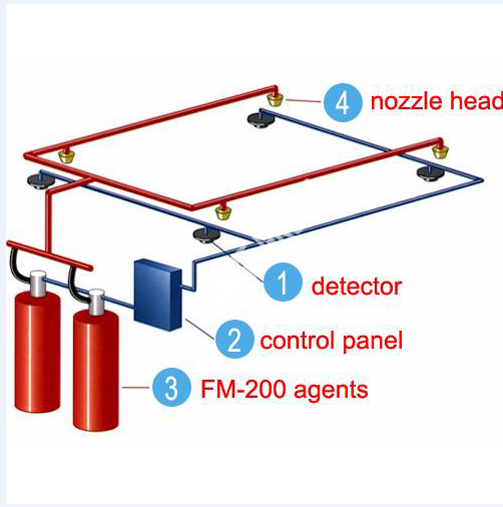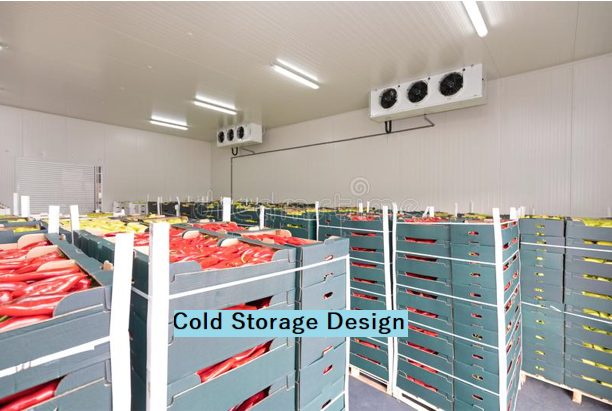The Boiler Chimney should ries above the building to emit all the gases out of the boiler and to cause draft force to extract emissions naturally.Download free excel sheet for calculating the Boiler Chimney Height and diameter.
 |
| Boiler Chimney Height Calculation |
Boiler Chimney Height Calculation
- Draft Requirements
- Combustion Efficiency
- Local Regulations
- Building Height
- Wind Conditions
- Fuel Type
- Boiler Size and Output
- Consultation
The height of a boiler chimney, also known as a flue or stack, is an important consideration in ensuring the proper functioning and safety of a boiler system. The primary purpose of a chimney for a boiler is to create draft (suction) to help remove combustion products, such as smoke and gases, from the boiler and expel them into the atmosphere. Here are some factors to consider when determining the appropriate height for a boiler chimney:
Download free Excel sheet for calculating the Boiler Chimney Height and diameter
- Draft Requirements: The height of the chimney influences the draft or suction force in the combustion system. A taller chimney generally provides a stronger draft, which helps in maintaining efficient combustion by ensuring a steady supply of air to the boiler. Insufficient draft can lead to incomplete combustion and the release of harmful pollutants.
- Combustion Efficiency: The height of the chimney affects the combustion process by maintaining proper air intake and exhaust. If the chimney is too short, it may lead to inadequate draft and combustion problems. On the other hand, if the chimney is too tall, it can cause excessive draft and heat loss, potentially reducing the boiler's efficiency.
- Local Regulations: Different regions and countries often have regulations and codes that dictate the minimum allowable chimney height for different types of boilers. These regulations are designed to ensure the safe dispersal of combustion products and to prevent air pollution.
- Building Height: The height of nearby buildings and structures can also influence the required height of the chimney. If surrounding structures are taller, they might obstruct the chimney's ability to create proper draft.
- Wind Conditions: Wind can affect the draft of a chimney. In windy areas, a taller chimney might be needed to counteract the effects of wind interference on the draft.
- Fuel Type: The type of fuel the boiler uses can impact the design of the chimney. Different fuels produce varying amounts of combustion products, which can affect the chimney's performance.
- Boiler Size and Output: The size and output of the boiler play a role in determining the appropriate chimney height. Larger boilers may require taller chimneys to ensure effective combustion and exhaust.
- Consultation: It's essential to work with engineers or professionals experienced in boiler design and combustion systems. They can perform calculations and simulations to determine the optimal chimney height for a specific boiler installation.
Read also Boiler Water Treatment Principles and Practice
It's important to note that specific calculations and engineering expertise are required to determine the exact chimney height for a given boiler system. These calculations take into account factors such as the boiler's heat output, combustion characteristics, local atmospheric conditions, and regulatory requirements.
Read also Steam Generators and Waste Heat Boilers
Read also Refrigeration Cycle
If you're involved in designing or installing a boiler system, I strongly recommend consulting with qualified professionals to ensure that the chimney height is appropriate for your specific circumstances and in compliance with relevant regulations.
Download free Excel sheet for calculating the Boiler Chimney Height and diameter
Read also Maintenance




0 Comments